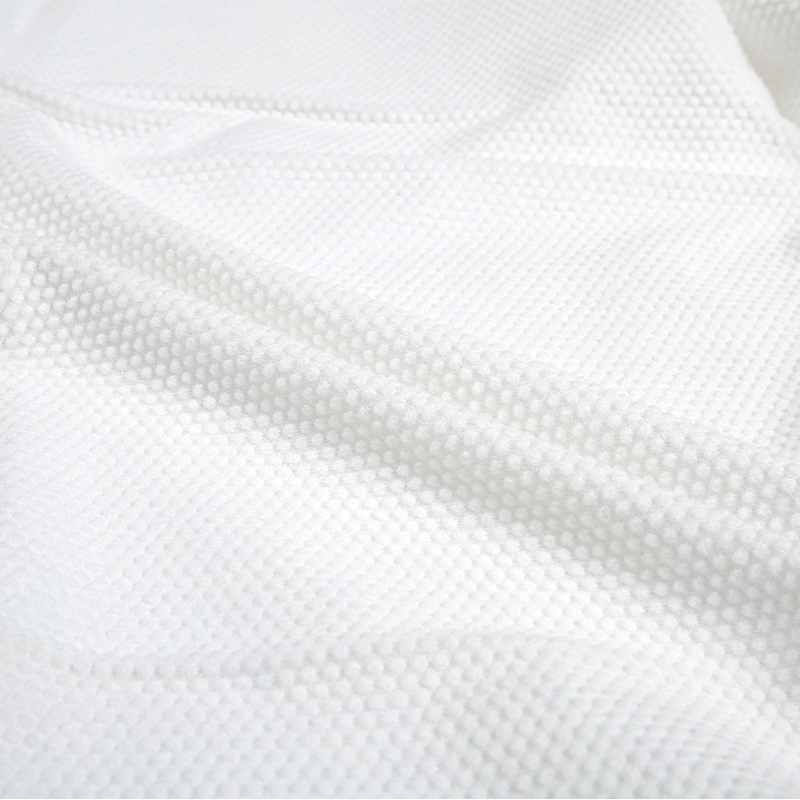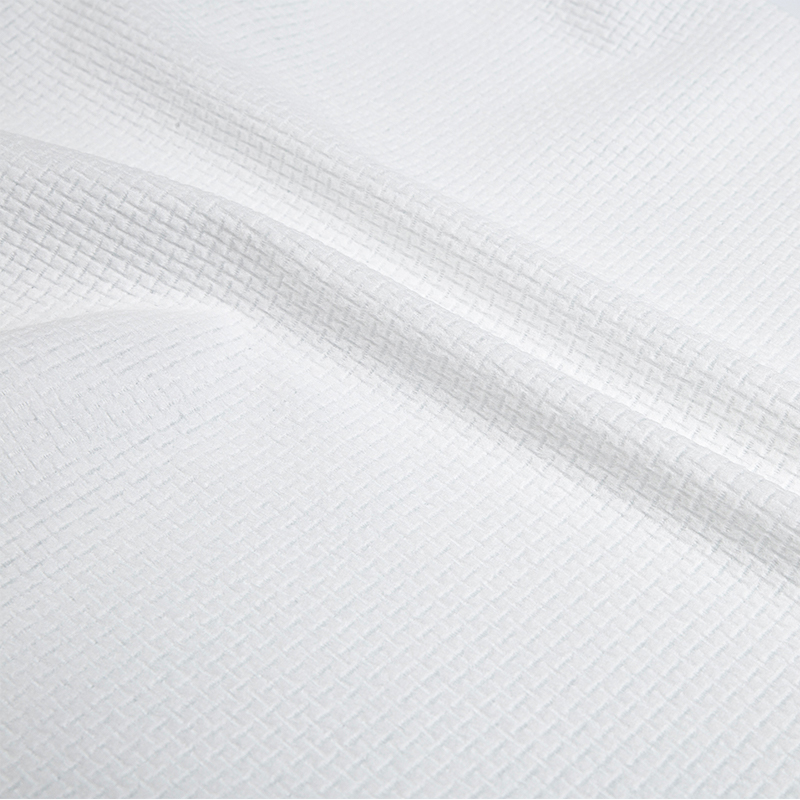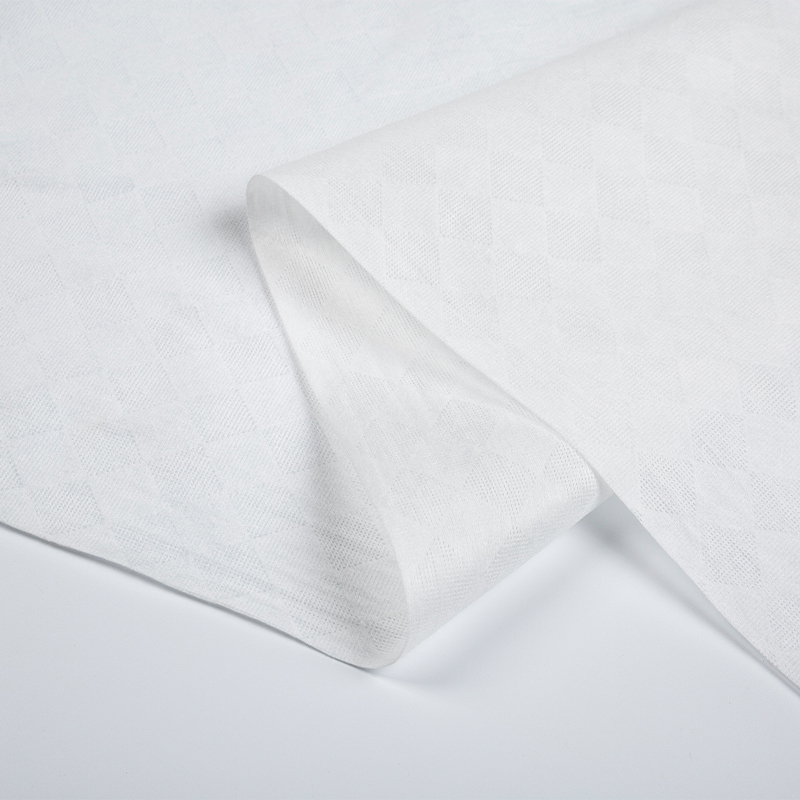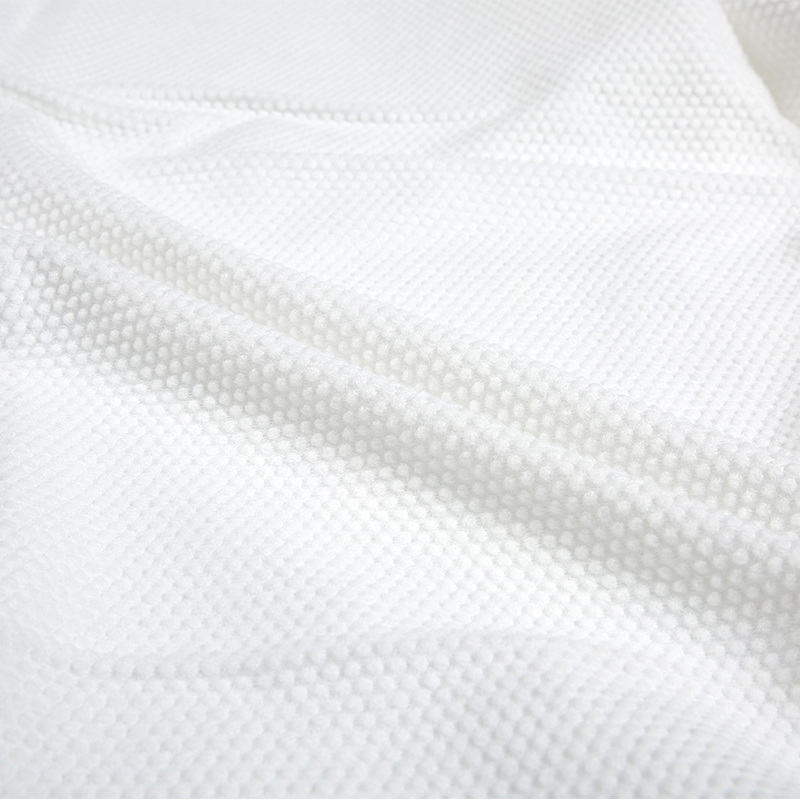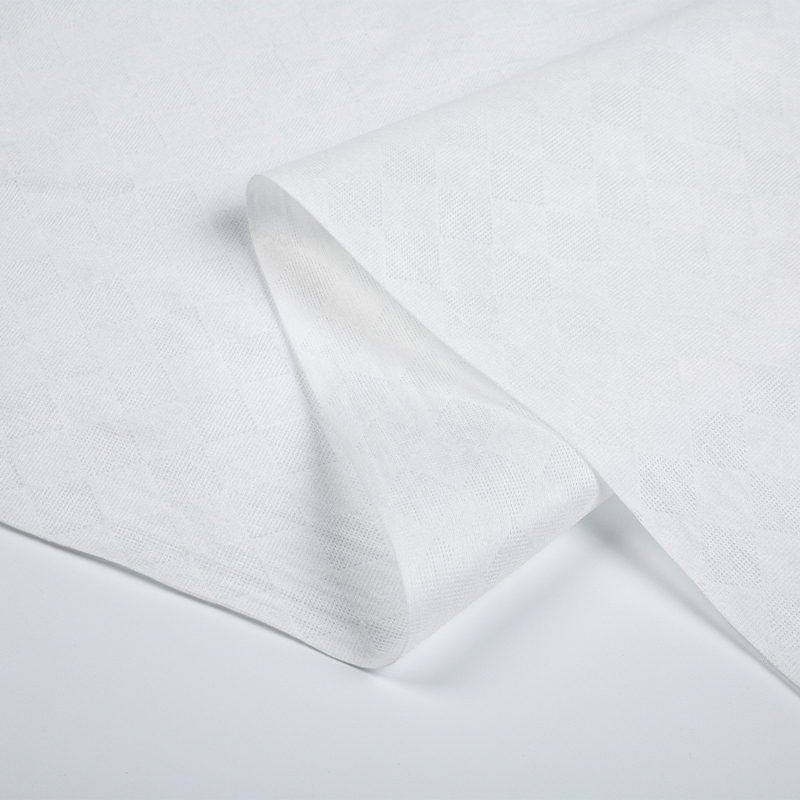Founded in 2022, Hangzhou Shunlong Nonwovens Technology Co., Ltd. is a professional China nonwoven fabric manufacturer and non-woven raw material factory
Spunlace Nonwoven Fabric has emerged as one of the premier selections for sanitary napkins, child wipes, and clinical gauze applications. Its tender yet absorbent fabric is loose from chemical binders making it greater environmentally friendly even as being to be had in diverse styles and embossments inclusive of embossed spunlace nonwoven which has wide utility features consisting of excessive or low tenacity production as well as colors and thickness variations.
Producing spunlaced nonwovens entails a couple of steps, from fiber formation and net bonding to needle punching or thermal, chemical, adhesive, or hydroentanglement bonding techniques - with water jets used to entangle fibers of the net to create material with electricity just like both knitted and woven substances. Needles are regularly the approach of desire while generating spunlaced nonwovens for needle punching isn't possible or possible - needle punching being considered one of them. Other bonding techniques can be applied as nicely; needle punching being maximum normally utilized, with thermal, and chemical adhesive bonding strategies the usage of needle punching; and thermal adhesive bonding strategies in addition to thermal adhesiveness being utilized as well. Hydroentanglement makes use of water jets to entangle fibers into one continuous web cloth growing energy much like both knitted or knitted fabric designs even as growing hydroentanglement fabrics function electricity much like that observed woven or knitted fabric without making compromise in appearance or power!
Spinnlace nonwoven production is an effective and powerful technique. Their raw substances usually encompass polyester, polypropylene, viscose fiber, or natural timber pulp fiber; the fibers then are combined with different components like chitin, microfibers, tencel silk, and so forth to gain specific houses favored by way of customers. Finally, after completing makes the fabric resistant in opposition to stains and mold increase it could then be cut to length and wound into rolls for garage and distribution.
When it comes to wet wipes, one of the most popular choices is 30/70 PV spun lace nonwoven cloth made of both polypropylene and viscose staple fibers - offering biodegradability at the same time as passing the flushability check.
Not best can nonwoven moist wipes be mass produced, but they may be also price-powerful to provide as they come in a couple of sizes and widths that make reducing into shape smooth.
European legal guidelines looking to reduce unmarried-use plastic (SUP) waste have caused an expanded want for sustainable merchandise like biodegradable moist wipes crafted from renewable fibers such as PET (polyethylene terephthalate) or cellulose - with a call for growth as laws take effect and put in force them. This demand can be met with the use of recycled PET cloth.
Spunlace nonwovens are produced using fibers sourced from either cellulose or polypropylene that have been dealt with with the use of thermomechanical and hydroentanglement technologies to shape an eco-friendly cloth sheet. With no chemical binder or adhesive required, their manufacturing makes an extra contribution closer to sustainability than similar alternatives. Materialized with wonderful elasticity, quick hygroscopicity, and electricity; can be produced in lots of textures and styles which include cross-lapping, parallel-lapping, and embossed designs.
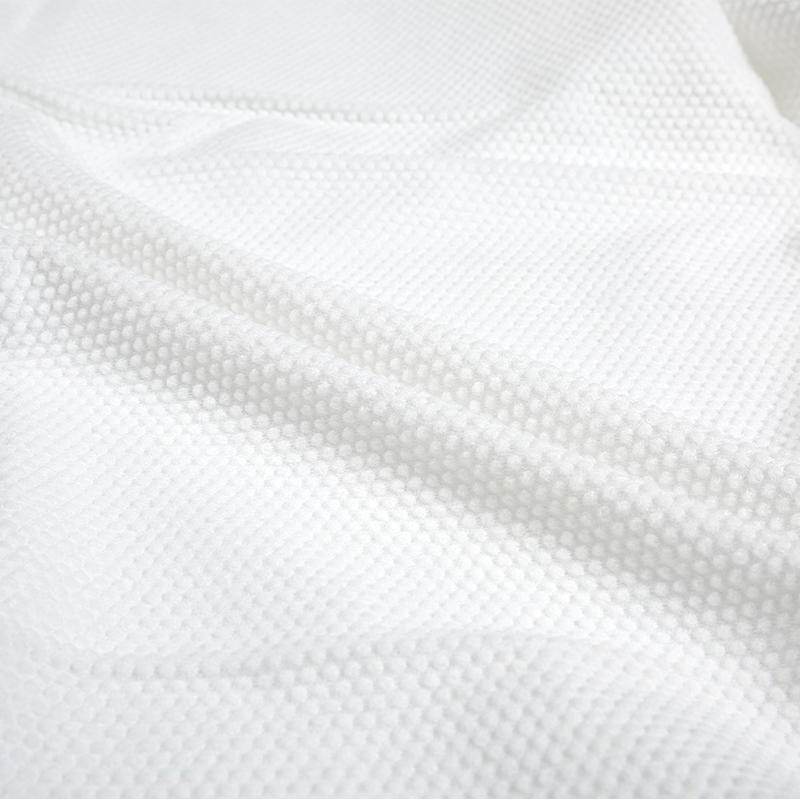


 English
English 日本語
日本語 русский
русский Español
Español